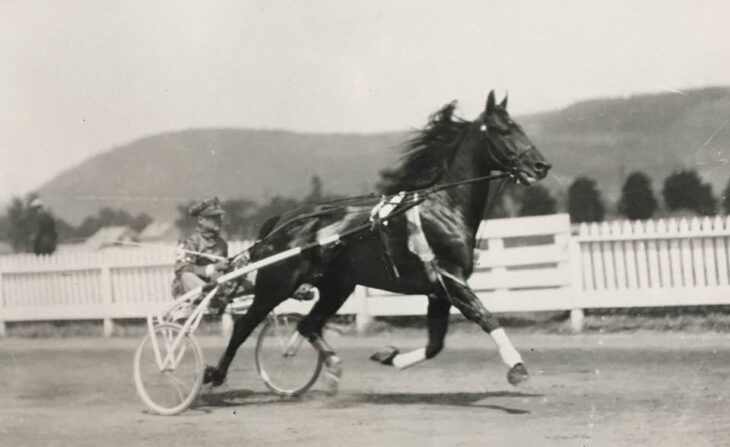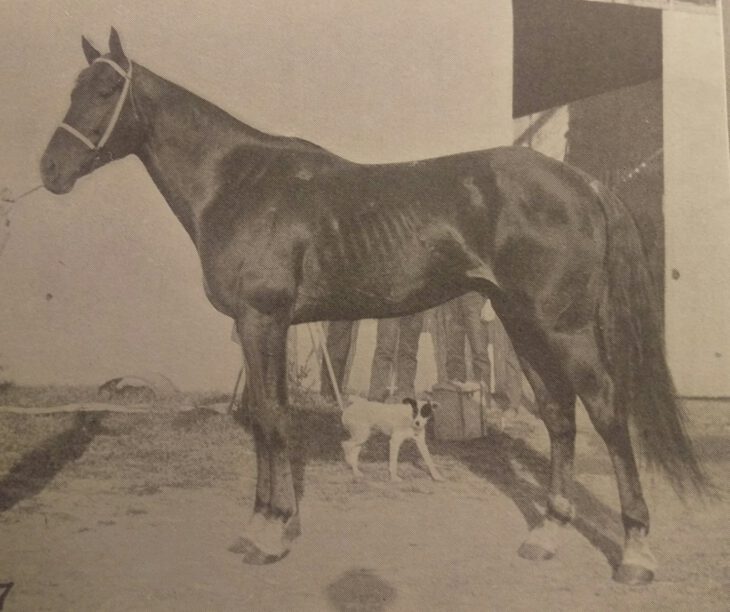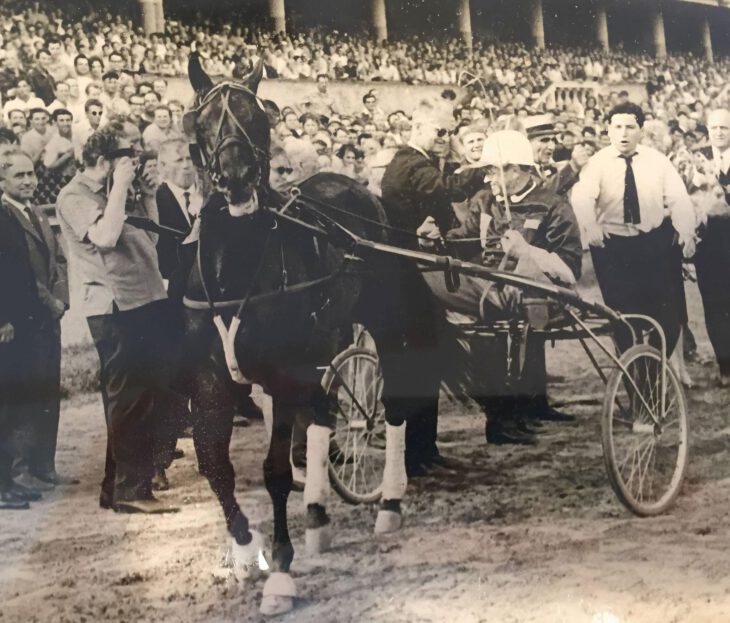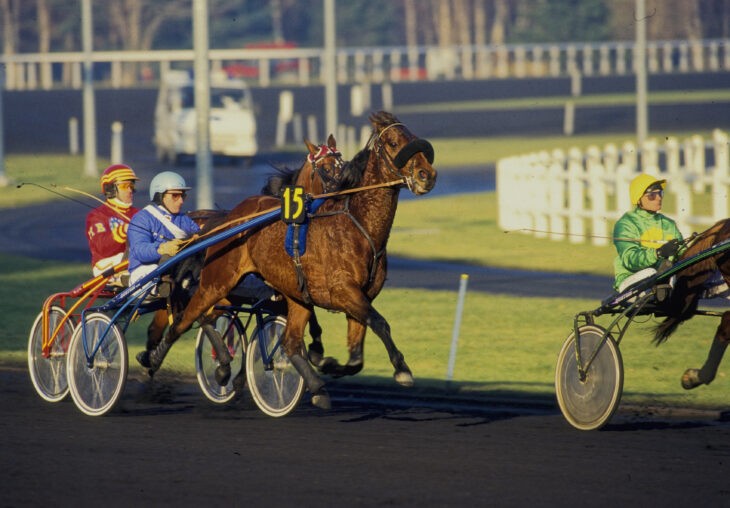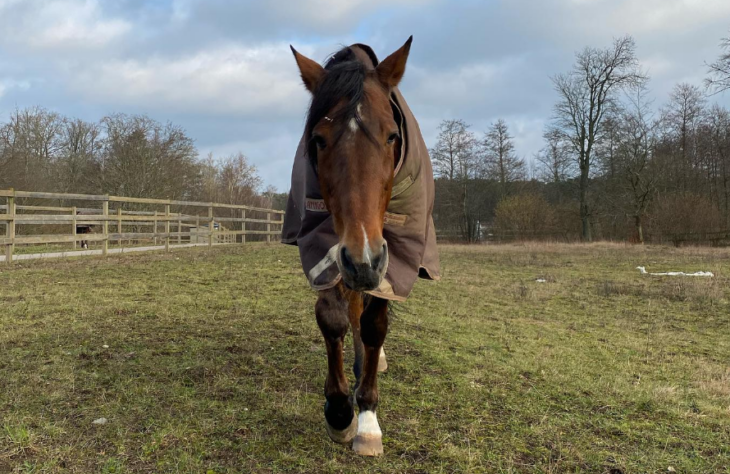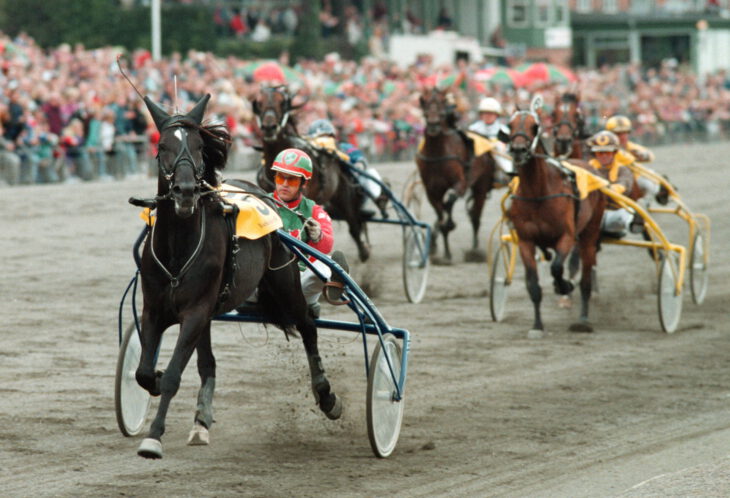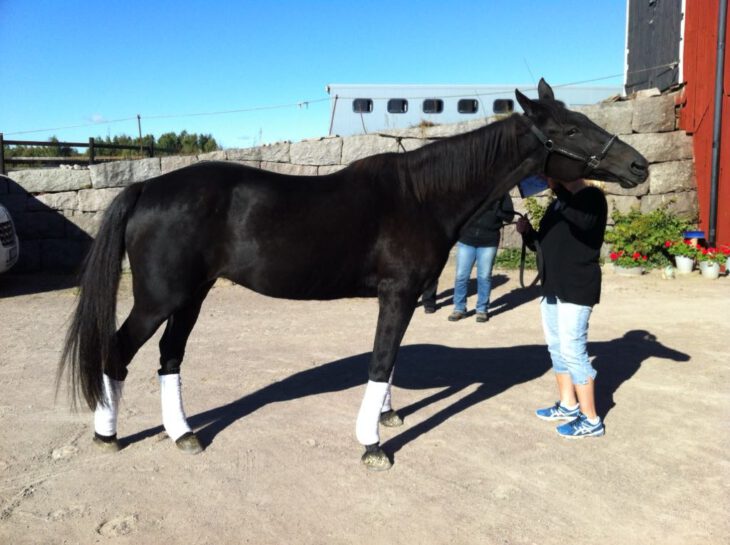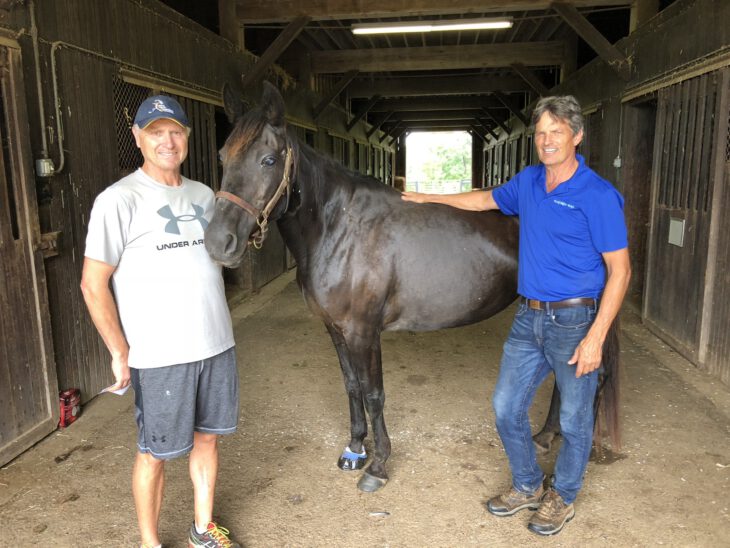He may just be the American horse imported to Europe who has left the biggest and most impressive stamp on trotting history. He was dominant on the track and despite relatively few foals left a lasting legacy. There was only one drawback with Sam Williams: he didn’t like the hill at Vincennes. That is a minor thing in the big picture, though, considering his massive influence on European trotting.
Read MoreEuropean
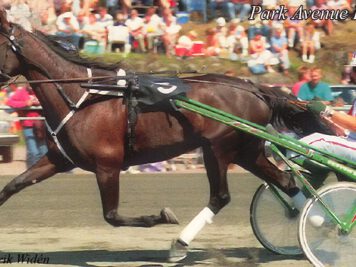
The queen’s terrible demise
She was a really good youngster in the US, winning the Hambletonian Oaks and Kentucky Futurity filly, and blossomed into one of...
Read More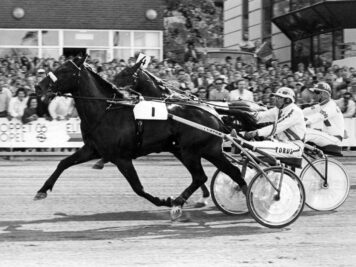
The king of Norway
Throughout history there have been a few select horses that have singlehandedly increased the interest in harness racing and...
Read More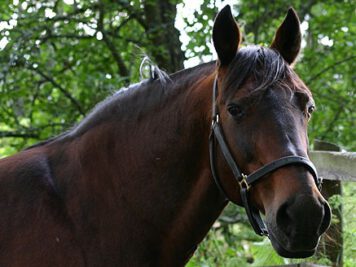
The mythical kick
When Juhani Lagerstam started the Laukko trotting stud farm at Vesilahti in Finland he needed a few stallions to use on his many...
Read More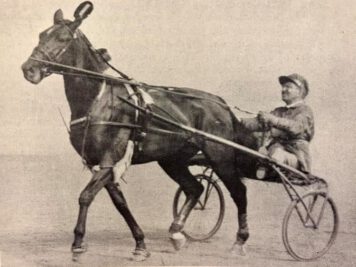
The wedding gift
He was designated as a wedding gift to circumvent export restrictions after WWII, then caused despair when he refused to train...
Read More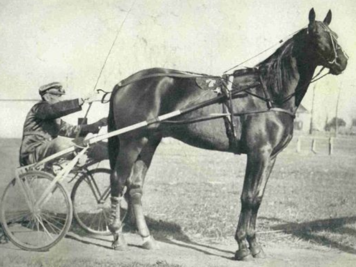
The secret daddy
The expression “Who’s your daddy?” is often used as a claim of dominance. In the case of the 1938 foals of Gäel, a champion...
Read More
The stateless horse
You have horses with great pedigrees, then you have those really blue-blooded horses … and then there is Florestan. Despite being...
Read MoreMaybe the best trotter ever bred in the Hoosier state, Cresceus went from being the best ever seen on the snow in Toledo to the best the world have ever seen. A rather plain trotter with bulldog determinaton, he didn’t take kindly to being mistreated.
Read MoreHe was the tiny American with a heart of gold who became a star in the Soviet Union. The pioneering trio of Apex Hanover, Bill Fleming and Rowland Wade took on the Soviet stars at their home in Moscow in the 60s. After overcoming unfair tactics by the Soviet drivers, the US trio won the hearts and minds of the home crowd. Although little Apex Hanover (150 cms/14,3 hands) won the Arden Downs and George Wilkes Stakes as a 2-year-old in 1961, there was very little to indicate that this $18,000 yearling purchase would later enter the world stage.
Read MoreA supremely fast trotter, he is most famous for stumbling shortly ahead of the wire in the Hambletonian with victory within reach. Sold to Europe not long after equaling a world record at 4, Brown Berry later likely became a clandestine stallion in France.
Read MoreWhen the French studbook was briefly opened between 1987 and 1992, conservative French breeders generally nixed the opportunity to breed their mares to foreign sires. Some even went as far as claiming they “didn’t want to plant weed in their garden”, saying in no unclear terms that the American standardbred had absolutely nothing to offer the French trotter whose studbook had been closed since 1937 and only opened for five foreign-born stallions and a few other exceptions. Despite what the naysayers claimed, though, opening up the studbook took French trotting to a completely new level – and the best example of this is Coktail Jet.
Read MoreHe set several world records, is one of few horses to beat Varenne fair and square and went on to become one of the best stallions the world has ever seen. To his trainer, though, Viking Kronos was more than just a spectacular racehorse and stallion. He was everything. “God has created him, he’s a phenomenon. Then I have been given the great honor of taking care of him, for which I am eternally thankful”, Kolgjini said after the horse’s win in the E3 final in 1998.
Read MoreWhen Googoo Gaagaa burst onto the Maryland scene many didn’t know what to think. A world record for 2-year-olds on a half mile track was impressive, but could he really be that good? As it turned out, at his best he was even better. Persistent injury problems caused an early retirement, but the hybrid-bred trotter then went from impressing on the track to impressing at stud.
Read MoreHe was seemingly on his way to massive international stardom, but lady luck didn’t shine her light on Rudolf Le Ann. His owner died in a plane crash on the way to watch his beautiful black colt race, and two years later, as the colt appeared to be “better than ever,” he was struck with a life-threatening illness which set him back permanently.
Read MoreWhen Soviet trainer Maria Burdova wanted to drive Apex Hanover in the Prix d’Amerique in 1965 she was denied with the explanation that sitting in a sulky “is an unnatural position for a woman.” 30 years later the world had finally moved forward and Helen Ann Johansson became the first female driver to win the Prix d’Amerique when she drove Ina Scot to victory.
Read MoreSome horses have the potential to change somebody’s life. A superstar in Quebec, the mare initially named Fontaine Angus was invincible at 2 and became a life changer for her trainer. After a stellar career, Emilie Cas El followed up as a broodmare by producing a Hambletonian-winner.
Read More
